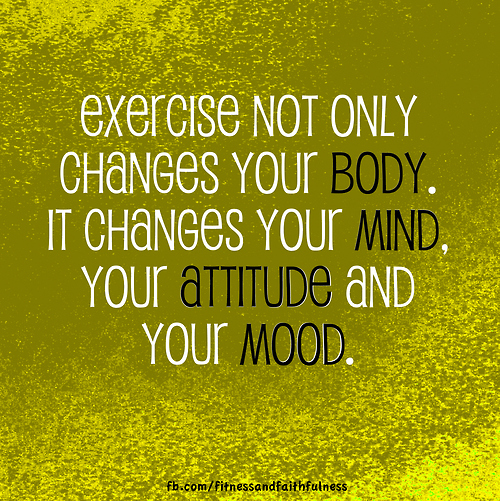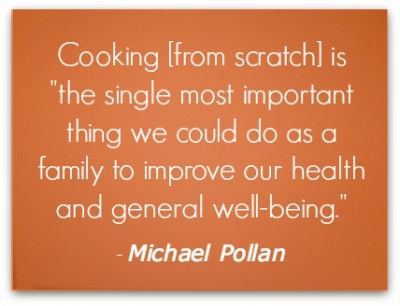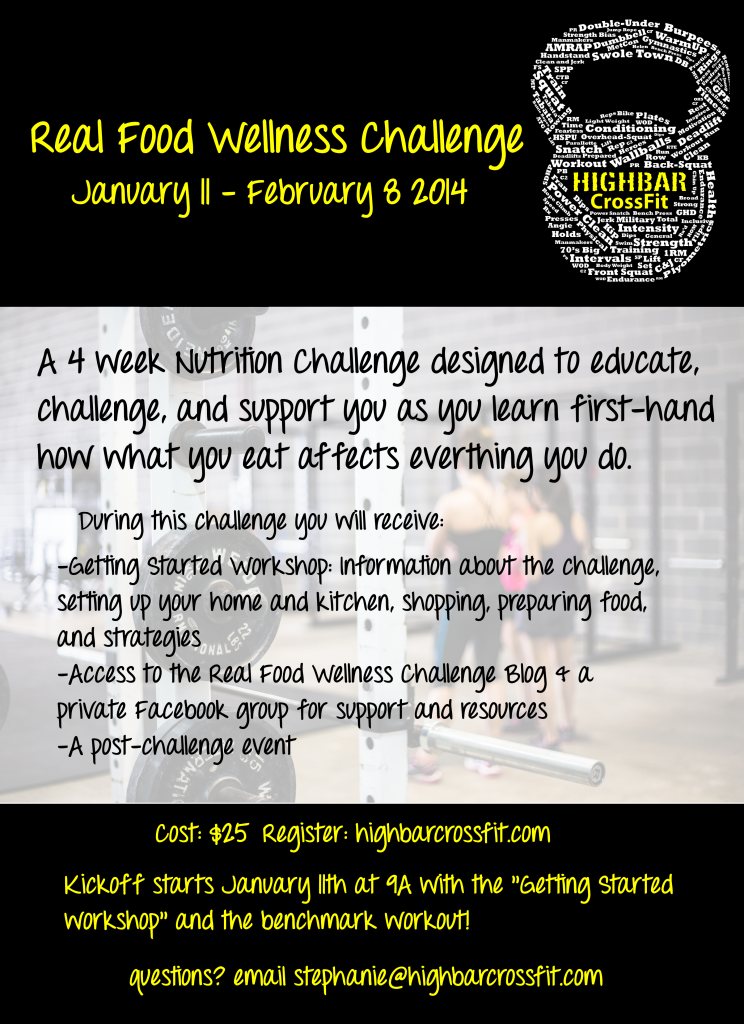If you sign up for almost anything, take it on earnestly, and diligently follow the rules, you will almost always see great results. What you are about to take on over the next four weeks is a structure around which to eat, train, and recover, and as long as you stick to it, the change WILL come for you. If you hunker down for the four weeks, you’ll get, in essence, a fish. But the real victory will be to LEARN to fish.
One thing this may mean is changing your relationship to food, especially carbohydrates. You see, carbohydrates are a drug. Your body reacts to them like it reacts to a drug, and carbs are just as hard to quit. A lot of us have emotional connections to certain foods, or go to food in times of stress or as a reward for good behavior. To our mind, that cookie is a treat for getting through a tough day at the office; to our body, it’s just more sugar in the blood and wood on the fire. Because that’s what food is, after all: fuel.
When you get those cravings in the beginning (and you WILL get them), just remember: it’s only fuel. That cookie won’t actually make you feel better. Sticking with the program and seeing results will. When you see food as an energy source (albeit a delicious one!), you can change your relationship to it. And when you change your relationship to food you’ve learned how to fish. That result will last a lot longer.
So say it with me, all together now: “FOOD IS FUEL!
—-
Workout Requirement
 EVERY DAY for the next month? What? That usually gets your attention! The idea here is that you start to relate to yourself as something that is designed to move since your long-term health is dependent on not being sedentary. No, we would NEVER ask you to go full intensity every day– so understanding the difference between a workout and active recovery will be essential for your overall health.
EVERY DAY for the next month? What? That usually gets your attention! The idea here is that you start to relate to yourself as something that is designed to move since your long-term health is dependent on not being sedentary. No, we would NEVER ask you to go full intensity every day– so understanding the difference between a workout and active recovery will be essential for your overall health.
Active recovery is really to just get the blood flowing. Don’t go for exhaustion, go for warmth and then stretch afterward.
Active Recovery Movements
- A *slow* *easy* stint on the rower or exercise bike
- light jog
- yoga or other stretching
- light swim
- extra mobility work
- biking
- Pick a handful of body weight movements





